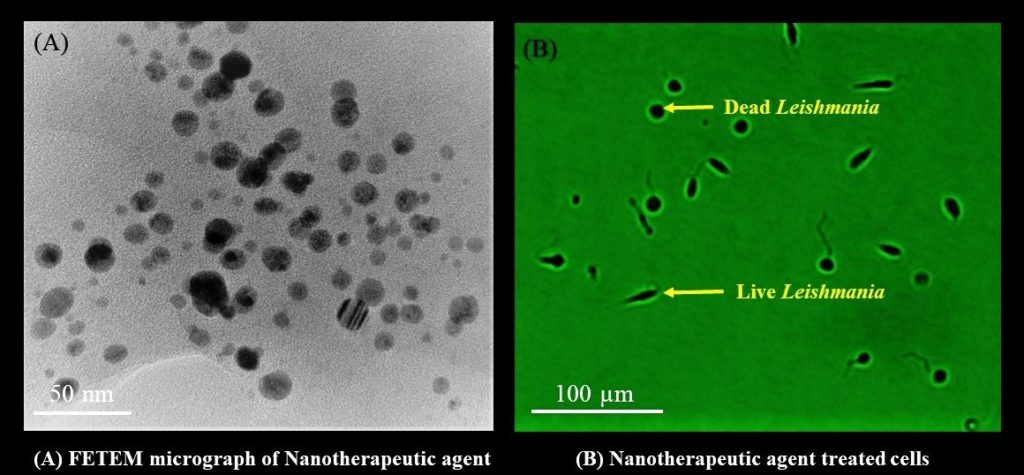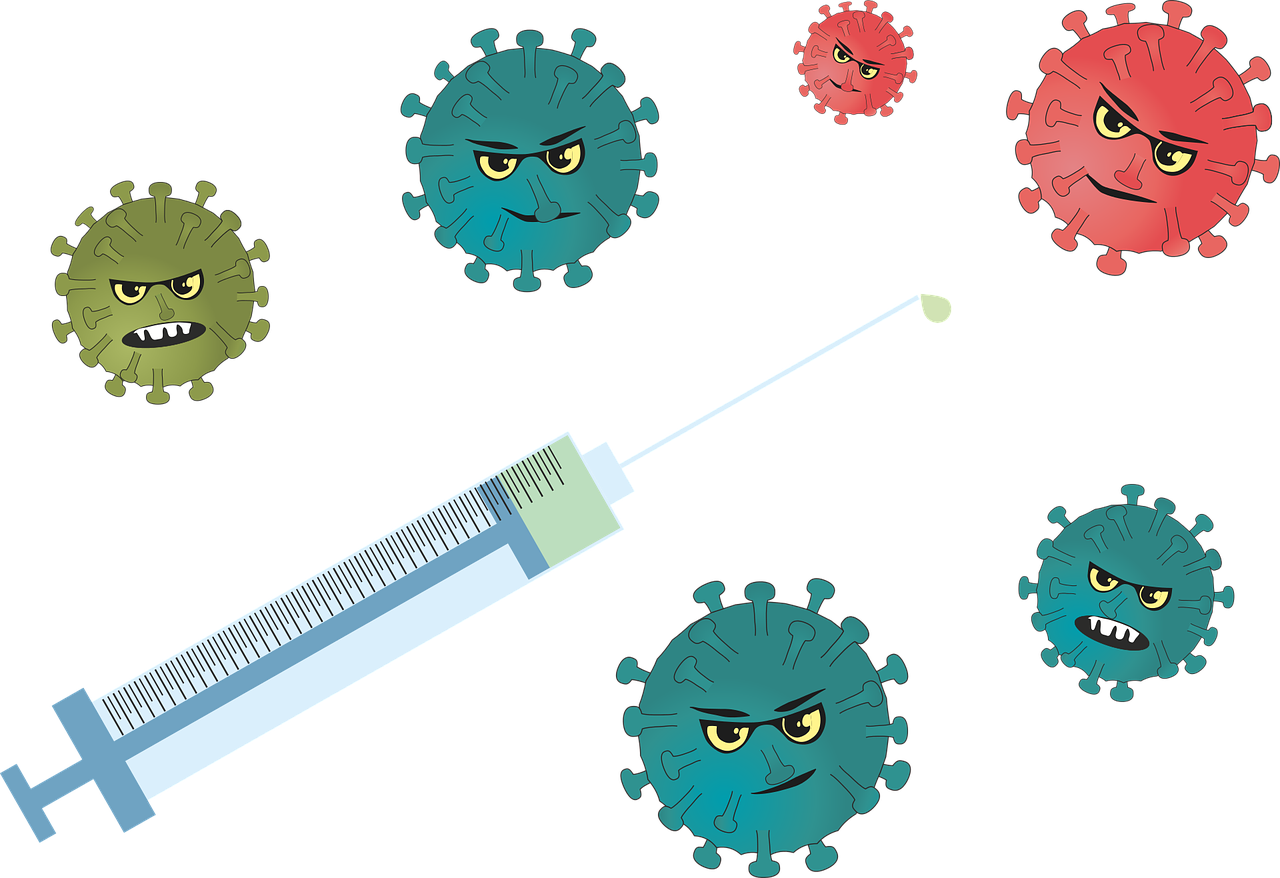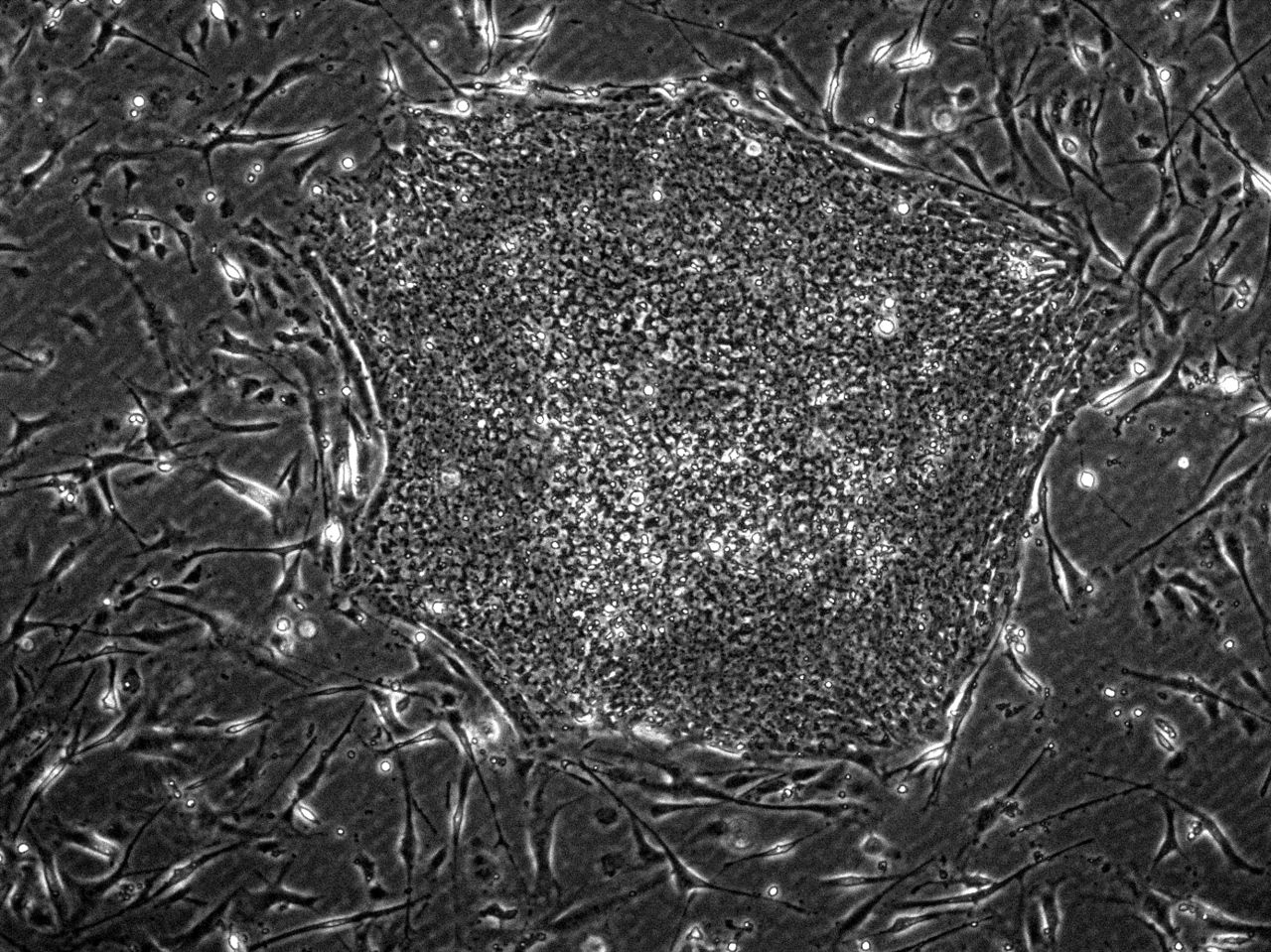
Popular Vegetable Can Help Prepare a Cure for Kala Azar
- News
- 1.9K
A popular vegetable helps in preparation of an effective nanoparticle-based formulation to treat Kala Azar, which is caused by Leishmania donovani.
Researchers at the Indian Institute of Technology, Guwahati used Sechium edule or Chayote to prepare nanosilver particles that proved toxic to Leishmania. Nanosilver particles are tiny particles of silver and are known to be lethal to microorganisms.

Leishmania donovani killed by nanosilver particles as seen under the microscope
Chayote is grown widely in Assam and other regions in the country. “We chose it as a phyto-resource because it is readily available, is inexpensive, and has not been explored before. Extracts of tea and guava leaves are well-explored phyto-resources for nanoparticle preparations,” explained Dr. Pranjal Chandra, who led the research, while speaking to Indian Science Wire.
There are just five drugs used for the treatment of Kala-Azar and some of them are turning ineffective due to drug resistance. Although nanosilver formulations have been tried earlier against Kala Azar, a natural and easy way of producing them was lacking.
For preparing the formulation, researchers extracted the juice of Chow-Chow, mixed it with an equal amount of silver nitrate solution. Various tests for the formation of nanosilver particles showed that by about 18 hours, almost all silver nitrate had been reduced to silver particles, demonstrating the efficiency of the procedure. The team used advanced techniques like UV-Vis spectroscopy to confirm the growth of nanosilver particles.
The researchers tested the toxicity of nanosilver on Leishmania donovani grown in the lab. A solution containing just 50 micrograms of nanosilver per ml was sufficient to kill almost half of all parasites. Moreover, the concentration was nearly one and a half times more effective when compared with drugs currently in use. Tests on monocytes, a part of blood, showed that nanosilver particles were not mortal to monocytes even at double the concentration that was potent to kill all Leishmania thus demonstrating its safety to humans.
“We believe nanoparticles will behave with similar efficiency in vivo, in animals. However, this should be tested. If not, the nanoparticles can be encapsulated in liposomes and delivered,” said Dr. Chandra. “We anticipate the production cost of this would be less costly than of other anti-leishmania drugs as the procedure is very simple and the raw materials required can be easily procured in lesser cost”.
“Kala-azar is endemic in parts of Bihar and no transmission is known in South India. As of now, there are no silver-containing products used as medications for internal use,” says Dr. Srinivas Kakkillaya, a physician from Mangalore who is not associated with this study.
The findings have been published in journal Scientific Reports. The team included Dr. Pranjal Chandra (DST Ramanujan Fellow), Anupriya Baranwal, Adarsh Kumar Chiranjivi, Ashutosh Kumar, Vikash Kumar Dubey from the Department of Biosciences & Bioengineering, IIT, Guwahati. (India Science Wire)
By Kollegala Sharma
Journal Reference
If you liked this article, then please subscribe to our YouTube Channel for the latest Science and Tech news. You can also find us on Twitter and Facebook.



